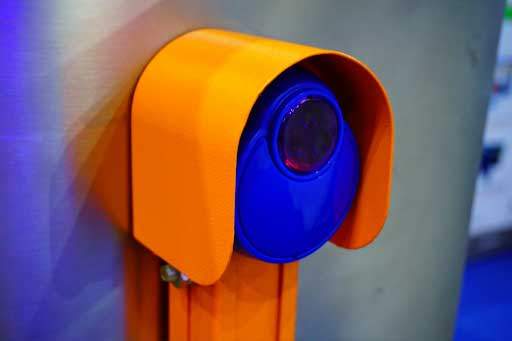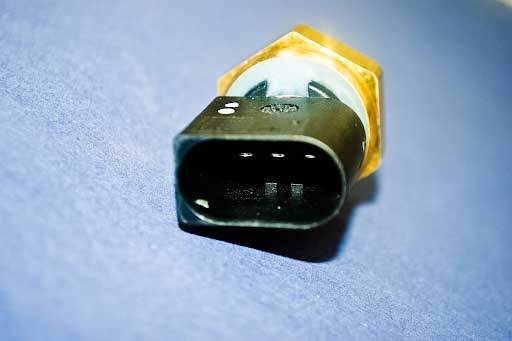Table of Contents:
- What is A Photocell Sensor?
- What Exactly is A Photocell and How Does it Work?
- Benefits of Photocell Sensors
- Features of Photocell Sensors
What is a photocell sensor?
A photocell sensor is essentially what it sounds like. It is also known as a dusk to dawn (or sunset to sunrise) photocell sensor to differentiate it from other types of sensors and switches. It is also known as a photocell sensor switch. Photocell sensors can be found in a wide range of shapes and sizes and different materials.
The on-off timing of the lights connected through their circuits is controlled by these photocell sensors installed outside the house. Lights of this type are commonly found on the exterior of a home. In other words, when it gets dark, the photocell sensor turns on the light because the “on” switch is activated. Conversely, the “off” switch is activated when the sun rises, and the photocell sensor detects that. Most homes have a timer switch installed for lighting control, so you can program the switch to turn on and off at a specific time.
Photocell sensors should not be installed in lamps that will be left on all night. Instead, you should install a timer switch that allows you to set an “off” time.
What exactly is a photocell and how does it work?
A photocell is a light-sensitive module, which can be defined as such. There are numerous applications for this, such as sunset to sunrise lighting that automatically turns on when the light level falls below a certain threshold. Intruder alarms and automatic doors are two other uses for these sensors.
Installing photocell sensors offers the following three advantages:
- The benefit of simplicity. You don’t need to remember to turn the light on or off on your own anymore; you don’t have to do anything because the photocell sensor will take care of it for you.
- Safety. The light comes on by itself once it gets dark, and any would-be intruders will be scared away by this.
- Economy. The light will only come on if it’s dark outside, which saves you the trouble of remembering to turn it off. Light is automatically turned off when the sun rises enough or when dawn breaks. As long as there is a photocell sensor, you won’t be penalized for forgetting to turn off the light.
Benefits of photocell sensors
- There is no requirement for fuel
- There is no requirement for power cords
- This species has a long lifespan and is highly durable
- A source of power that can be replenished
- Avoids the generation of waste that pollutes the environment
Features of photocell sensors
Semiconductors used in photocells detect light
Their output is proportionate to the amount of light falling on them, making them essentially light- dependent resistors (LDRs).
dependent resistors (LDRs).
Operation
Light energy is converted to electrical energy by photocells. When there is no light, their resistance can reach the millions of ohms range. Their resistance plummets to a few hundred ohms when exposed to light, increasing the current flow through the circuit.
Adaptability
Alternating and direct currents are both acceptable operating conditions for these devices. Despite their diminutive size and low cost, photocells are incredibly reliable and long-lasting. Because of their adaptability, they can detect any type of light under any condition, and the spectrum includes everything from ultraviolet to far-infrared radiation.
Construction
Cadmium sulphide (CdS), the preferred material for their construction, has a light sensitivity similar to that of the human eye. As a result, CdS cells are another name for them. Cadmium selenide is yet another component. Lead sulphide, lead selenide, or indium antimonide are used to detect infrared.
Photocells have a wide range of applications, especially as sensors and switches. Beacons and lines are common in robotics because they tell robots where to go when it’s dark, or to follow a path. For automatic lights that come on at dusk, photocells are used. The same technology is used for streetlights that turn on and off based on day or night. They serve as race timers and speed measurement devices.
For more information on photocell sensors, visit greggelectric.ca or call (604) 557-4734.




